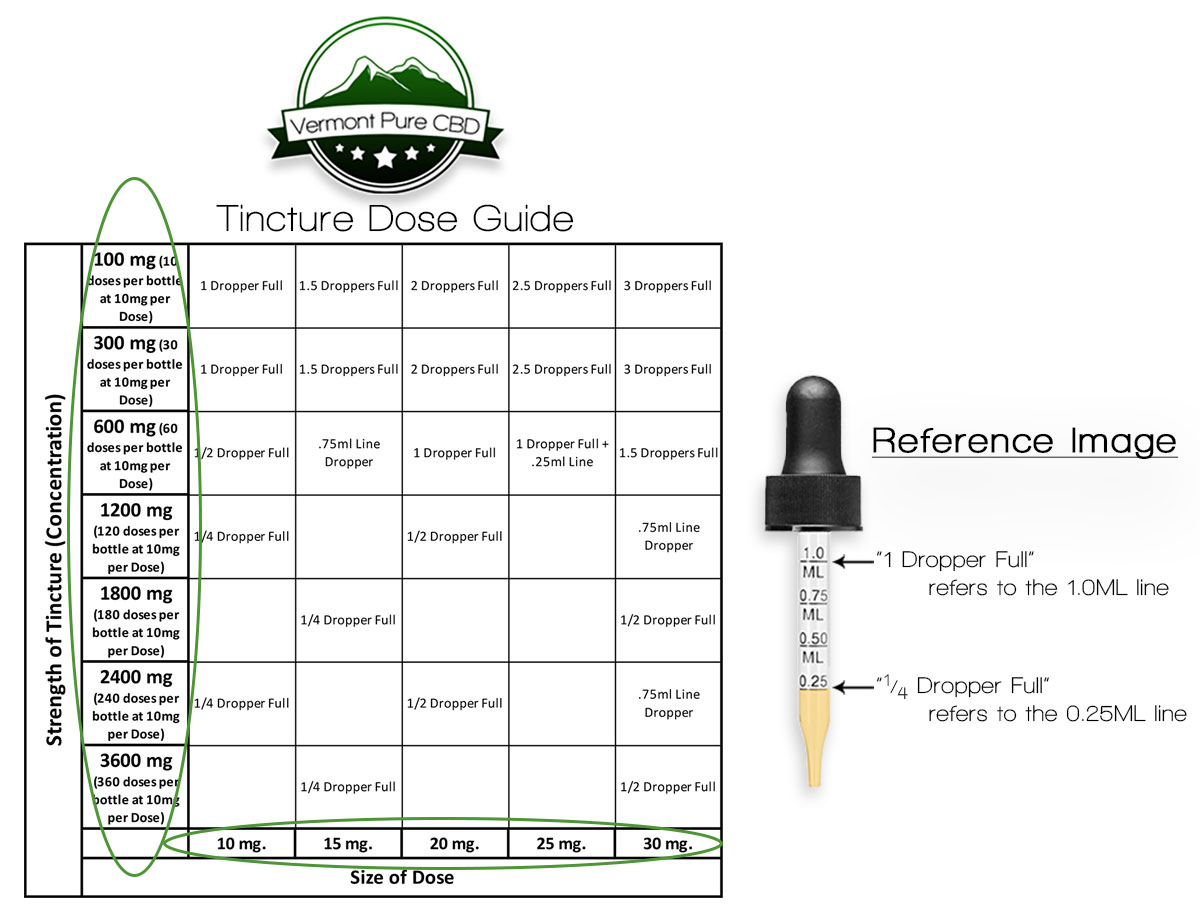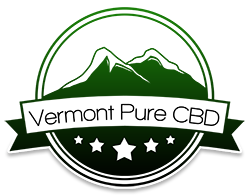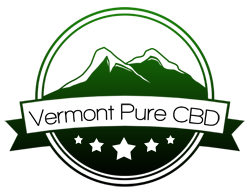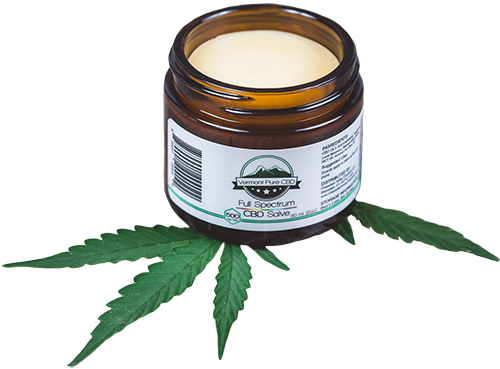
Welcome to our CBD FAQ page:
We hope to address and fulfill answers to some of the most common questions and concerns regarding CBD and our related products. The following information will help provide you with a solid foundation of knowledge regarding CBD.
Don’t be misled by disingenuous blog posts and fake news articles about CBD, there are hundreds of thousands out there. They are nothing more than a PAID marketing tactic/campaign by a CBD company that often times makes false claims with inaccurate information, and usually has links to the CBD companies products. These articles (written by the CBD company, not independently written), by design, are intended to coerce shoppers to buy their products under the disguise of being presented on a website that appears to be one of credibility and trustworthiness. These articles also often make ILLEGAL and inaccurate claims that CBD will cure all your ailments and conditions.
Please just be aware and do your research before you make any final decisions about what products you put in and on your body.
All of our information is completely unbiased and simply fact based. Both our personal observations and thousands of our customer reports/feedback, along with books and medical/scientific journal publications provide us the most authentic information that we are proud to share with you and the community to better our well-being. We pride ourselves on honesty and transparency, that’s the Vermont Pure CBD promise!
If you have any other questions please feel free to reach out to us and we’ll be happy to help you with more information.
Phone: 802-897-4477
Email: info@vermontpurecbd.com
CBD is an acronym for Cannabidiol, a non-psychotropic compound found in the Cannabis plant. All mammalian species possess the endocannabinoid system (ECS) which regulates many vital bodily functions such as sleep, appetite, immune systems responses, hormone production, and mood to name a few. CBD works by interacting with this endocannabinoid network to assist its task of maintaining bodily homeostasis.
Full-Spectrum CBD is plant extract that contains the hundreds of different plant compounds in hemp. Research has proven that Full-Spectrum CBD products are much more effective to treat symptoms as all these compounds, as a whole, contribute to the medicinal benefits as they work synergystically.
CBD Isolate is only the pure, singular, crystallized CBD molecule itself – without any of the hundreds of other plant compounds found in Full-Spectrum. We highly encourage you to read our recent blog post that scientifically contrasts Full-Spectrum CBD and CBD Isolate so you can know the difference and see why Full-Spectrum CBD is more beneficial.
We grow all our own USDA Certified Organic hemp right here on our own farm in Shoreham Vermont. We only use sustainable agricultural practices, and we don’t use any synthetic inputs or any any pesticides what so ever. You can learn more about our farm and practices on our About Us page.
The ideology of CBD extraction (or any liquid – solid extraction for that matter) is generally the same. A solvent is used to procure a particular compound/compounds from a solute. In regards to CBD Oil, the solvent would be CO2/Ethanol/Lipid and the solute would be the hemp plant material.
There is however an enormous difference in extraction methods in terms of the quality and efficacy of the resulting CBD Oil that will go into a product. We’ll briefly describe the 4 used methods in the industry. Click here to read our blog post which goes into more detail about the extraction methods.
The only extraction process we use is ethanol extraction – due to its safety and the only process to make a Full Spectrum Oil.
1.) CO2 (carbon dioxide) – greater than 95% of CBD products on the market use Oil from this method.
This process utilizes extreme pressure and low temperature to maintain a liquid phase of CO2 which is used to “wash” hemp plant material. The resulting Oil contains only a fraction of the spectrum of plant compounds in the hemp plant material. This is due to CO2’s lack of molecular polarity, meaning that the wide diversity of all the different plant compounds that can adhere to it and be extracted is significantly limited.
2.) Ethanol (food grade alcohol) – the same alcohol that’s in beer, wine, and hard liquor.
This process uses ethanol to “wash” the hemp plant material. The resulting oil contains a true Full Spectrum comprised of almost all the plant compounds found in the plant material. This is because the polarity of the ethanol molecule is stark, in which almost any compound will adhere to it.
3.) Lipid (oil) – such as MCT, Coconut, Sunflower, or Canola Oils.
This process uses a common oil (generally the type of oil that will be used as the base oil in the final product, noted above) as the liquid used to “wash” or “soak” the hemp plant material in. The resulting oil is much like the results of CO2 extraction, limited in diversity of plant compounds as oil solvents are extremely non-polar and have negligible binding capacity.
4.) Butane (or other hydrocarbon)
This process is essentially analogous to CO2 extraction, however the resulting oil is even less molecularity diverse in hemp plant compounds than that of CO2. Of the 4 extraction methods listed here, this one actually poses a potential danger of solvent contaminants in the resulting oil if not done correctly.
There are a variety of ways to take CBD products:
CBD and other cannabinoids, unlike dosage-specific pharmaceutical drugs, are individualized in regards to amount, dosage regimens, or delivery method. Every person is unique, and so are the administration parameters for each individual. It is often suggested to start with lower dosages and increase until one finds what works best. Of course, consult with your health-care provider prior to using CBD products.
Sublingual: Tinctures
-Sublingual (under the tongue)/mucus membranes in the mouth allow the CBD to be immediately absorbed directly into the blood stream at full bio-availability, thus negating the 30-120 minute delay that results from passing through the digestive system and liver.
Duration: 4-8 hours
Oral: Capsules
-Capsules offer a reliable and convenient way to administer a reliable amount of CBD avoiding inaccurate or inconsistent dosing. Effects take 30-90 to onset and last up to 8 hours.
Duration: 6-8 hours
Inhalation: Flower(buds)/Vaporizing
Effects can be felt almost immediately as active molecules directly enter the bloodstream through the lungs. Like Sublingual administration, this route also avoids the digestive system.
Flower/Bud has long been the traditional method of cannabis ingestion and many prefer this method.
New technologies have brought about a synonymous alternative that provides a less harmful option as no smoke is created. Rather CBD oil is heated below its combustion temperature, releasing compounds in a vapor state.
Duration: 2-4 hours
Topical: Salves/Oils/Lotions
Transdermally absorbed products are generally effective no more than one inch below the skin, and are the least invasive option. Effects can be felt in as little as 15 minutes.
Duration: 2-4 hours
Orally taken CBD is known to temporally alter the activity of a group of liver enzymes known as “cytochrome P450”, as CBD occupies these receptor sites until it’s degraded/metabolized. This prevents cytochrome P450 enzymes from metabolizing other compounds, such as ones found in some prescription medications, thus reducing their effectiveness temporarily. A few examples include: Steroids, Antidepressants, Anti-psychotics, some Beta blockers, NSAIDs, and Immune modulators. Consult your health care professional before taking CBD products with any other medications.
Absolutely!
Dogs are exceptionally sensitive to cannabis products not only due to their smaller size, but more notably, having a greater concentration of endocannabinoid receptors in their cerebellum and brain stem than any other species. Take a look at our CBD products for pets.
As always, work with your veterinarian to make the best decision for the health and happiness of your pet.
Although we have our own in-house analysis equipment, which we use to test our flower, oil, and products. We still always have our products regularly tested by a reputable and trusted outside 3rd party Lab. This guarantees that you’re getting exactly what you pay for.
With Vermont Pure CBD, as our fundamental belief and commitment to serving our customers with complete transparency, you always get more than you pay for. All our products contain more CBD than stated on the label.
Please take a look at our Test Results page and see for yourself. We’ll also explain how to read and understand CBD Test Result reports with a few walk-through examples. We always encourage you to educate yourself.
Though our CBD products contain less than 0.3% THC, there’s still some THC in there and it is possible they can trigger a positive result on a drug test. This depends on many factors, but it should be noted.
The Vermont Pure CBD Tincture Dose Chart
You’ll find below our CBD Tincture Dosing Chart that we created to help our customers interpret and visualize how much CBD they are taking or want to take.
– The left vertical green oval indicates the strength or concentration of our 7 Tincture options.
– The bottom horizontal green oval depicts the amount of CBD, in milligrams (mg.), that one would ingest according to the intersecting box between the “Strength of Tincture” and “Size of Dose“.
For example, I would like to take 15mg. of CBD and I have a 600mg. strength Tincture. I look at the left column and find “600 mg.” (third box down from the top). Now I look at the bottom row and find the “15 mg.” dose. When I follow the “15 mg.” column upwards an see where it intersects with the “600 mg.” strength row – that box indicates how much of the Tincture I need to take. In this particular case, its the “.75 ML” line on the glass pipette of the dropper assembly, as we say around here “three-quarters a dropper full”.
*When we say “dropper”, we’re referring to the glass pipette that dispenses the “drops”.
This chart is included on each of our Tincture product pages, with that specific Tincture strength indicated for your reference
*Please note: this chart is specifically accurate for Vermont Pure CBD Tinctures (as we made it our-self). Other CBD manufacturers, may and probably have other CBD bottle concentrations and dropper sizes, therefore it wouldn’t be accurate.



